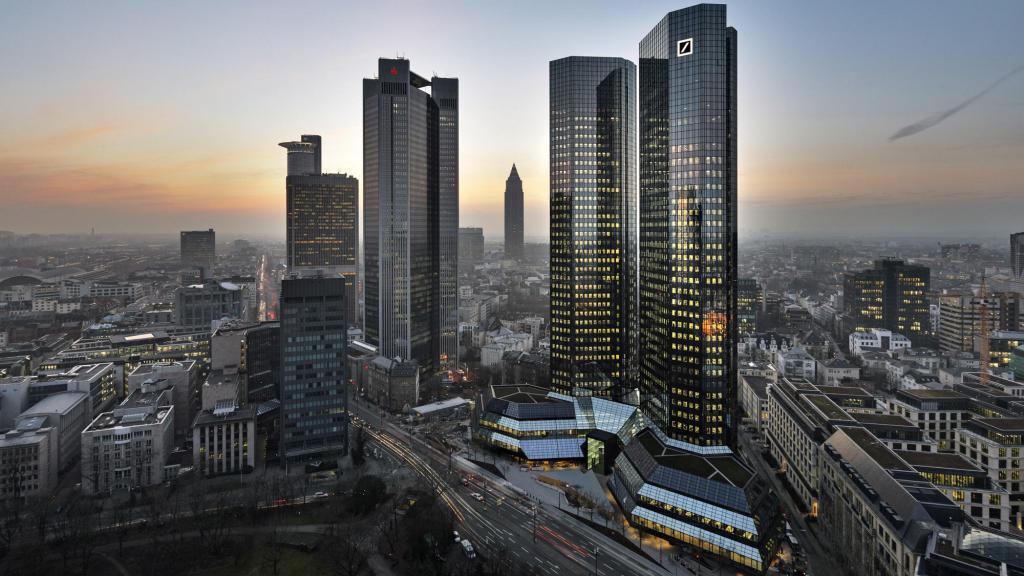The banking system of Germany is designed in such a way as to serve at the highest level one of the most powerful world and most developed European economies. Being the locomotive of the European market, Germany has built an extremely complex, but also stable political and economic system, an integral continuation of which is the financial system. It is worth starting with the fact that the German financial system is inextricably linked with the pan-European one, since it was the FRG that initiated the introduction of one currency throughout the EU.

Banking system structure
As a country with a developed post-industrial economy, Germany has a financial system arranged in accordance with the ideas of modern economists on the neoliberal order.
The German banking system is a two-tier highly decentralized structure consisting of two types of banking organizations. At the top level of the financial pyramid of Germany there are control bodies authorized by the government to exercise supervision in the financial sphere. Nevertheless, they are quite independent from the same government, which allows them to pursue a more balanced financial policy.
At the lower level of the German banking system are numerous commercial banks and financial organizations that do not have a banking license.

State Bank of Germany
The Bundesbank, also known as the Federal Bank, performs functions in the Federal Republic of Germany similar to those assigned to the Russian Central Bank. First of all, the state financial authority regulates money circulation and credit. Despite the fact that, according to the legislation, the bank is independent of the government, it should provide the country's leadership with comprehensive support on general economic issues.
It is also the state bank that issues banknotes, sets the base interest rate on loans, and performs cash functions for the federal government and the lands of Germany.

Commercial banks
The second level of the banking system in Germany consists of commercial banks, the main task of which is to make a profit. The main players in this market are the so-called grossbanks, which include the Big Three: BMW Bank, Commerzbank (“Commerzbank”), Deutsche bank (“Deutsche Bank”).
A feature of each such institution is that it is spliced with any industrial group and serves its interests. As you might guess, the source of money for BMW Bank was the concern of the same name. In addition, the financial institution is engaged in car loans, which contributes to the growth of sales of the concern itself.
Deutsche Bank has more diverse objectives and sources of funding. Being the largest of German commercial credit institutions, Deutsche Bank is associated with enterprises in the agricultural industry, pharmaceuticals, mining, metallurgy and even the nuclear sector.

Land Banks and Private Bankers
Although the Big Three has an extremely strong influence on the German capital market, only the banking sector is not limited to it. An important part and one of the means of ensuring financial stability are land banks, the largest of which is the Bavarian Mortgage and Bills Bank, whose controlling stake is in the hands of the Bavarian government.
In the old days, the activities of such financial organizations were limited to a certain territory or type of services provided.Today, all restrictions on the circulation of capital within Germany have been lifted, and the activities of banks have spread not only to all subjects of the federation, but also beyond its borders.
Private bankers who conduct financial transactions in industry or services for a very limited circle of clients deserve special mention. In general, a distinctive feature of the German banking system is the universalization of financial and credit institutions. However, highly specialized banks first appeared in this country. For example, the first mortgage bank appeared in Silesia in 1770. It is worth noting that German banks are characterized by stability, predictability and quality of capital and risk management.
